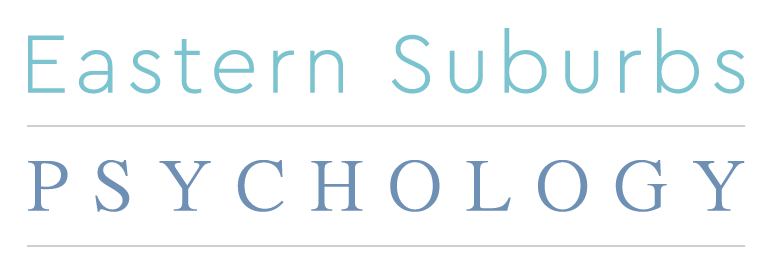Family-Based Therapy (FBT) for Eating Disorder Treatment
- monica6991
- May 5
- 2 min read

Eating disorders such as anorexia nervosa, bulimia nervosa, and binge eating disorder can have a profound impact not only on the individual suffering but also on their family. While traditional therapy often centers on the individual, one of the most effective and evidence-based approaches for treating adolescents with eating disorders is Family-Based Therapy (FBT), also known as the Maudsley approach.
Family-Based Therapy is a collaborative treatment model that recognizes the family as a crucial part of the recovery process. Rather than viewing the family as part of the problem—as was once common—FBT sees them as a vital support system that can empower the patient to overcome the disorder.
What is Family-Based Therapy?
FBT is a structured, time-limited approach typically delivered in three phases over six to twelve months. It’s most commonly used with adolescents suffering from anorexia nervosa, though it has shown promise for other eating disorders as well.
Phase One: Weight RestorationIn this phase, parents take full responsibility for ensuring their child eats adequately. The goal is to stabilize physical health and break the cycle of malnutrition. Therapists work with families to help them understand the medical dangers of eating disorders and support them in refeeding their child.
Phase Two: Returning Control to the AdolescentOnce the individual’s health is stabilized and they begin to show progress, control over eating is gradually returned to the adolescent. This process is collaborative and paced according to the adolescent’s ability to maintain healthy behaviors.
Phase Three: Establishing Healthy Identity and AutonomyIn the final phase, therapy focuses on helping the adolescent develop a sense of autonomy outside of the eating disorder. It addresses normal developmental issues, such as relationships and school stress, and strengthens the family’s ability to support ongoing recovery.
Why Does FBT Work?
FBT works because it leverages the natural love, commitment, and proximity of family members. It removes blame and instead builds teamwork. Rather than placing the burden of recovery solely on the adolescent—who may not yet have the cognitive or emotional capacity to make fully healthy choices—FBT enlists parents as active participants in their child’s healing.
Research consistently shows that FBT is one of the most effective interventions for adolescents with anorexia nervosa. In fact, studies have demonstrated higher remission rates and lower relapse rates compared to individual therapy.
Challenges and Considerations
While powerful, FBT requires significant time, energy, and emotional resilience from families. It can be emotionally taxing, particularly during the early stages when resistance from the adolescent may be strong. Additionally, FBT may not be suitable for every family situation, especially where conflict or dysfunction is present.
However, with skilled therapeutic guidance, many families find FBT not only helps their loved one recover but also strengthens their relationships.
Eating disorder recovery is rarely a solitary journey—and with Family-Based Therapy, it doesn't have to be. By involving the family as an active and compassionate partner in treatment, FBT offers a pathway toward healing that is both evidence-based and deeply human. For families facing the challenges of an eating disorder, FBT provides a message of hope: you are not alone, and together, recovery is possible.



Comments